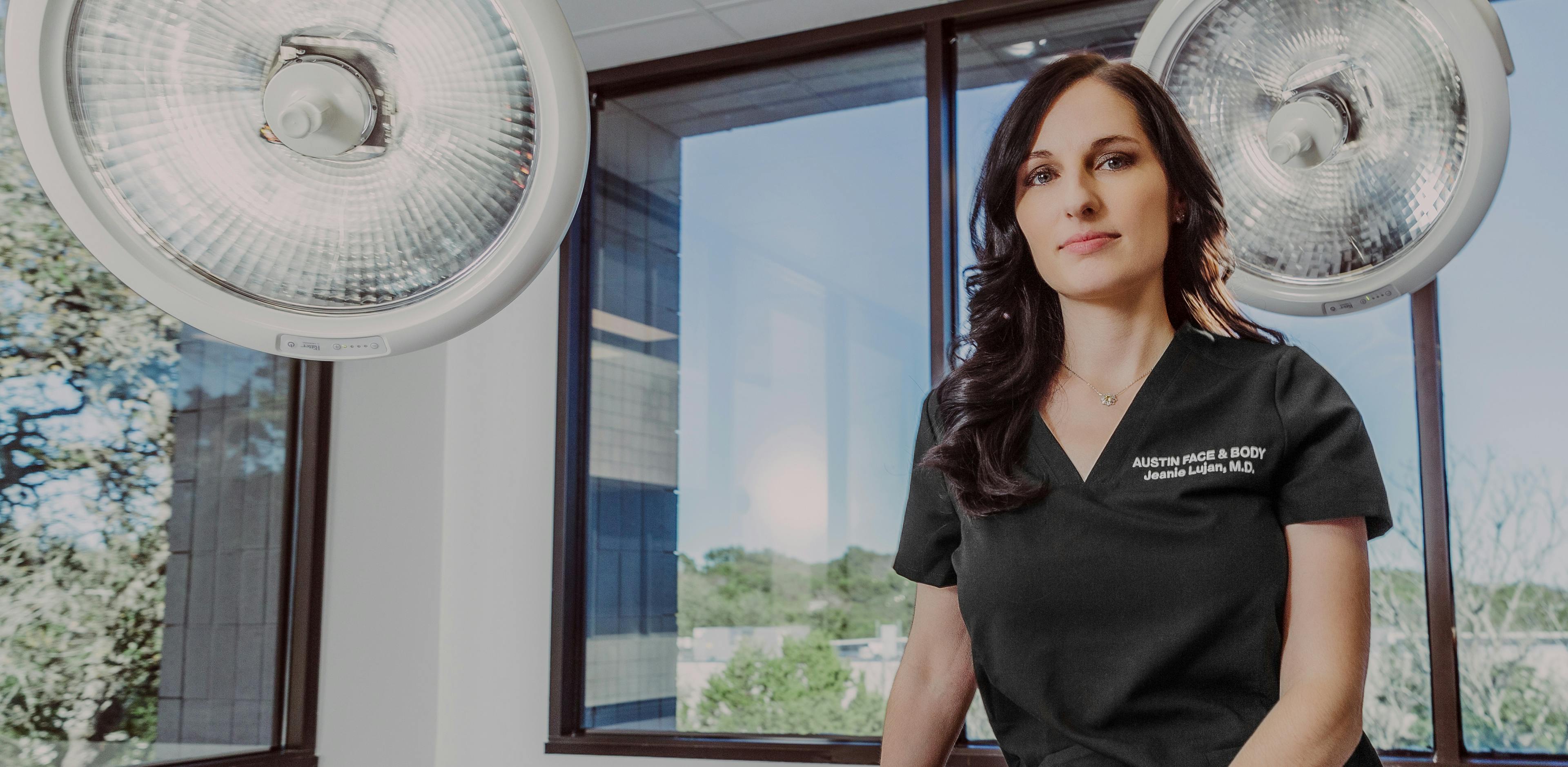Dr. Lujan is an American Academy of Facial Plastic and Reconstructive Surgery (AAFPRS) fellowship-trained surgeon specializing in both cosmetic and reconstructive facial plastic surgery.
A custom approach to nasal valve repair
During your private consultation at our Austin office, we will examine your nasal structures and help you understand your treatment options. For most patients, nasal valve surgery is performed with a piece of cartilage to stent open the valve and restore proper breathing.
However, there are other approaches available, depending on your needs. For example, we can use sutures to widen the angle of the nasal valve. Or, we may place a Latera nasal implant to fix the collapse. During your appointment, we will review all of these options with you and help you determine which technique is in your best interest.




